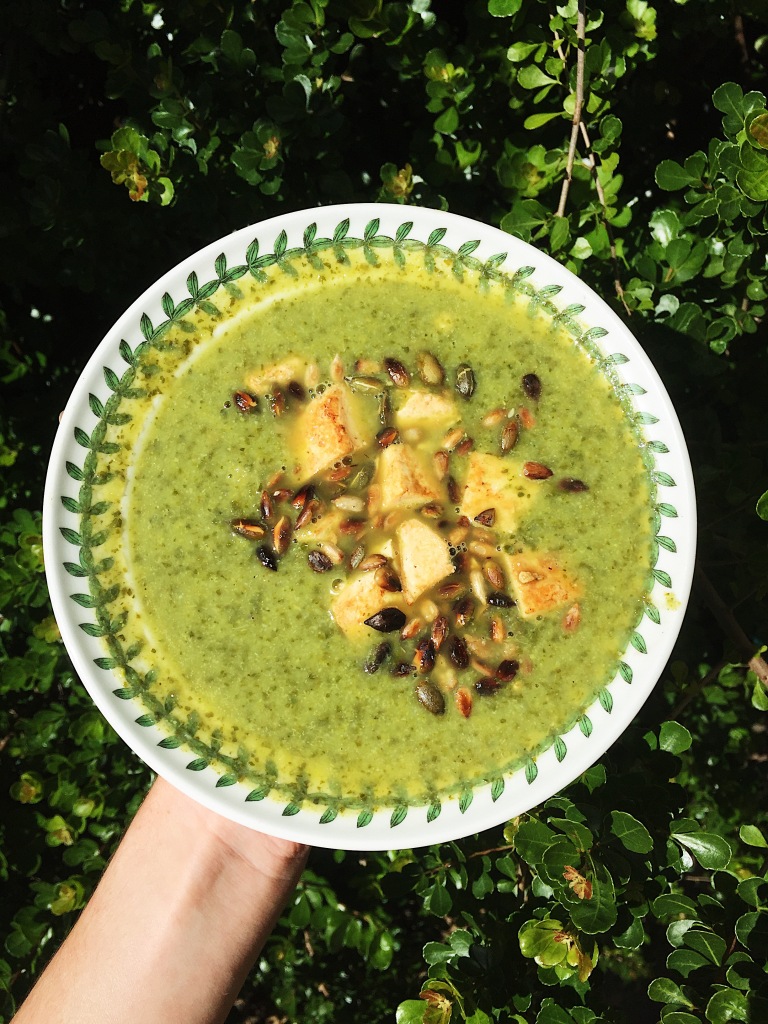
So now that you’ve mastered the art of making home made soy milk, you can use this skill (preferably even at the same time as making the milk, because it’s all already set up!) to make home made tofu.
It’s pretty easy and requires only 2 ingredients as well – surprise surprise. Whilst I’ve only ever made it once, I surmise that it is easy enough to repeat and even perfect, but in the meantime this has been a fun and rewarding creation that has satisfied my tofu craving (seeing as I live in a small rural town on the east coast of South Africa, and can’t access any shops within a 100km Radius that sells tofu – especially during lockdown).
Ingredients:
• 1.5 L Fresh home made soymilk (see previous post for method)
• 2 tablespoons fresh lemon juice mixed with 1/2 cup water
Equipment:
• wooden spoon
• cheese cloth – lay this inside the container with holes on the bottom
• 1x container with holes on the base (I used the top half of my steamer) // a tofu press
• 1x heavy object that fits in side the above mentioned container
Method:
1. Turn the fresh hot soy milk off the heat and let cool for 2 mins until no longer boiling / bubbling. Once cooled, stir in half of the lemon juice – water mixture for a minute, before stirring in the other half.
2. After about 30 seconds – 1 minute you should see there milk separating into curds and whey. So stirring the milk and let it sit for 10 minutes or so.
3. After 10 minutes, the tofu curds should have completely separated, leaving you with a watery liquid on top and curds on there bottom (see pic below)
4. With a slotted spoon / fine sieve, scoop of the curds and place them into the cheese cloth, making sure there is a container below for the water whey to drip in to.
5. Once all the cords are scooped out, fold the cheese cloth over the top of the curds and place a heavy object on top, and either passively or actively let the heavy object squeeze as much liquid out of the tofu as possible.
6. Once all the liquid is squeezed out, remove tofu from the cheese cloth and store in an airtight container. The more water you squeeze out, the former it will become!
7. Enjoy!
My favorite ways to use tofu:
– Tofu Scramble on toast
– Stir fried with soy sauce and mixed in with veggies or topping pasta and sauce
– Blended in to creamy sauce to thicken and add extra protein
– Crumbled into lasagne sauces






















